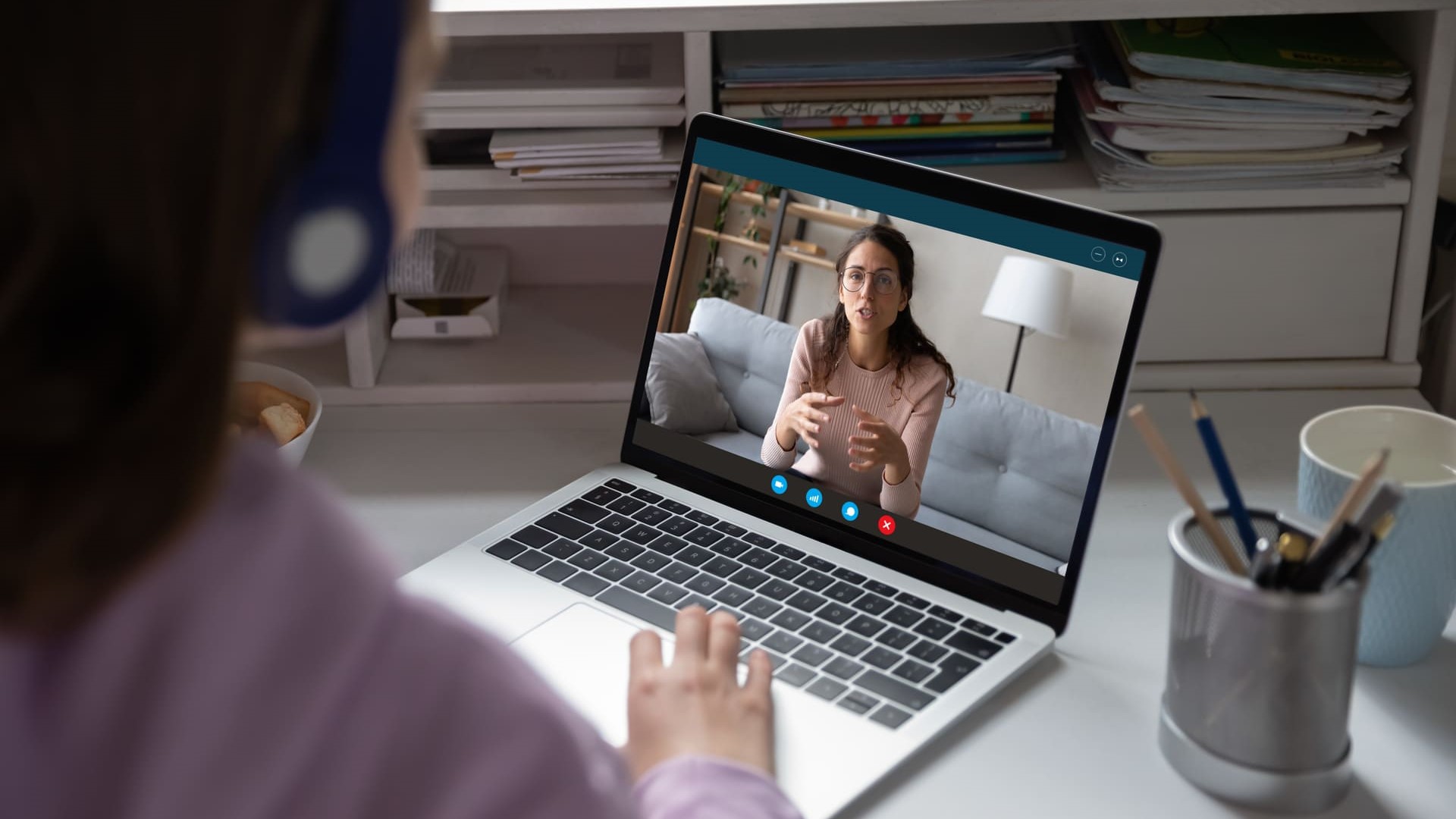How COVID-19 exposed challenges for technology in education
Worldwide schools have been closed for several months due to the COVID-19 pandemic. This crisis has led to numerous large-scale efforts to use technology for remote learning. However, it also exposed the big challenge of bridging the digital divide in education.

1.6 billion students in 194 countries affected by school closures
The UNESCO numbers on school closures caused by COVID-19 illustrate the pandemic’s overwhelming impact on education throughout the world. At its peak, early April 2020, the nationwide closures of educational institutions were affecting over 91% of the global student population. In absolute numbers, this means that nearly 1.6 billion students in up to 194 countries were impacted by schools being shut down.
Because of its far-reaching impact, the COVID-19 pandemic has given us massive insights into how the role of technology can radically shift to reach 1.6 billion students and how to adapt learning processes in challenging times. How can we ensure uninterrupted access to education? And how can we support students that are physically displaced from schools?
Digital technology in education unveils new solutions
Digital technology in education enables us to find new answers to what people learn, as well as how, where and when they learn. On top of that, digital technology can help boost the role of teachers. Rather than just communicating knowledge, they can become co-creators of knowledge, coaches, mentors and evaluators.

Existing digital learning systems, for example, can go far beyond mere teaching. Empowered by Artificial Intelligence, these systems can also observe how students learn. Besides, they can discover what kind of tasks and thinking interests them the most, and what kind of problems they find boring or difficult. These systems can then adapt the learning process to accommodate individual students’ learning styles. And, most important of all, they can do this with much more precision than any traditional classroom setting could ever achieve.
Evaluating the effectiveness of digital technology in education
While digital technology has been instrumental in offering continued access to education over the past months, we need to critically ask ourselves this one question: How effective has digital technology been in reaching the almost 1.6 billion students affected by school closures?

The Organisation for Economic Co-operation and Development (OECD) reports some sobering figures in this regard. On average across OECD countries,
- 9% of 15-year-old students do not have a quiet place to study in their homes, and this is disproportionally the case among disadvantaged students,
- only about half of 15-year-olds are enrolled in schools where an online learning support platform is available,
- 35% of 15-year-olds are enrolled in schools where teachers do not have the necessary pedagogical and technical skills to integrate digital technology in education, according to school principals.
Another important aspect is how well teachers are prepared and engaged in online learning. Teachers need to be involved in planning so that technology does address their instructional needs. If not, they will not continue to embrace digital technologies once things have returned to normal. Teachers also need to be sufficiently trained, accommodating for their level of comfort and experience with technology. Local technology champions who can share best practices with colleagues are invaluable in this regard.
700 million students even have no internet access at home
It is even more sobering to find that half of the students kept out of the classroom by COVID-19 (close to 800 million students) do not have access to a household computer. 43% (some 700 million students) even have no internet access at home. Furthermore, about 56 million students live in locations that are not served by mobile networks.

It clearly shows that challenges in ensuring educational continuity do not stop with the deployment of digital solutions for distance learning. We also need to pay close attention that technology in education will not amplify existing inequalities and not deepen the digital divide. If we don’t do that, students from disadvantaged backgrounds will remain shut out if schools shut down, particularly those students who lack the resilience, learning strategies or engagement to learn on their own.
The big challenge is to bridge the digital divide in education
To ensure digital technology provides equitable and inclusive access to education, we have to focus on closing such digital divides. Even where getting online is possible and affordable, extra efforts are needed to empower groups that are excluded. Projects such as Close the Gap that offer high-quality, pre-owned computers to educational projects in developing countries are just one example of how we can achieve this. More challenges and opportunities on how to bridge the digital divide in education will be discussed at the G-
